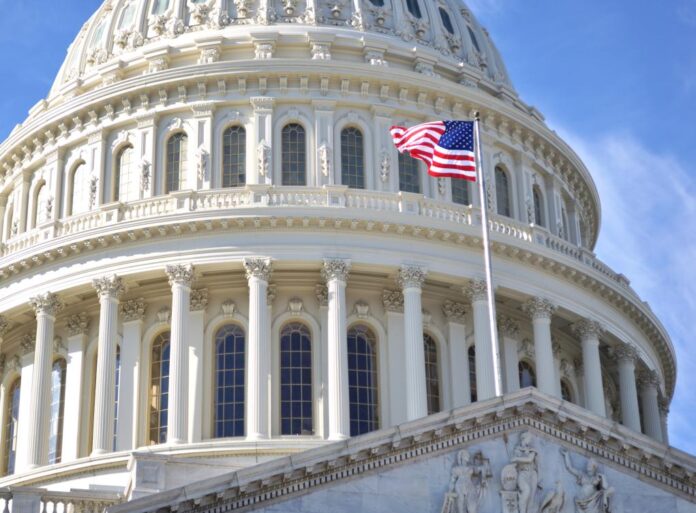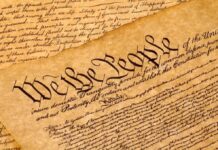
The Constitution was created in an effort to prevent any one branch of government from holding too much power, with the interests of the people of the land in mind, rather than the government. To do this, a system of checks and balances was put in place. This system is made up of three parts: the legislative, executive, and judicial branches. The branches make, execute, and interpret laws, respectively.
Legislative Branch
The legislative branch of the US government creates laws. It’s made up of a Congress, which in turn, consists of the House of Representatives and the Senate. Congress is the only body able to enact or modify laws or declare war. They also conduct federal investigations and, in some cases, reject or confirm some appointments by the president. The details of these duties are split between the House and the Senate. Congressmen and women are elected by the citizens.
Executive Branch
The executive branch executes the laws made by the legislative branch. It consists of the president, vice president, several federal agencies and the cabinet. The president presides over them and acts as the head of state as well as the commander-in-chief for the US military. The president is able to negotiate with foreign entities, where he or she might also sign treaties that Congress can then ratify.
The president also has the power to pass or veto laws. If he does nothing at all, a bill becomes law within 10 days unless Congress is not in session. If they aren’t, the process of making a bill into a law starts all over again. Our head of state can also write executive orders and may grant pardons or clemency. All other executive agencies manage the daily duties that fall within their specific executive scope.
Judicial Branch
The judicial branch is in place to interpret laws, which in turn lends precedence to how they might be applied in the future. No court below the federal level is in place to decide whether or not a law is within the limits of the Constitution, but it’s the main function of federal courts. The Supreme Court of the United States (SCOTUS) is the highest court in the US and deals mostly with appeals. However, the decisions of the SCOTUS must be honored by the courts below them. The justices who serve on the courts are appointed by the president, then confirmed by the Senate.
A Law Is Born
Though anyone at all can create a bill, it can only be introduced by Congress. Once introduced, arguments and debates ensue. If the bill is passed by either the House or the Senate, it then goes to its counterpart in Congress. If its counterpart passes the bill, it goes to the president. The president can then pass or veto it as mentioned above.
Once a bill becomes law, it’s applied through the executive process. If the law is broken, the issue goes in front of a court. If the decision of the court is unfavorable, it may then be taken through higher courts, eventually potentially ending up in the Supreme Court. Not all arguments presented to the SCOTUS are accepted, but once they are, each side argues its point and the SCOTUS has the final say in how the law should be interpreted.


























